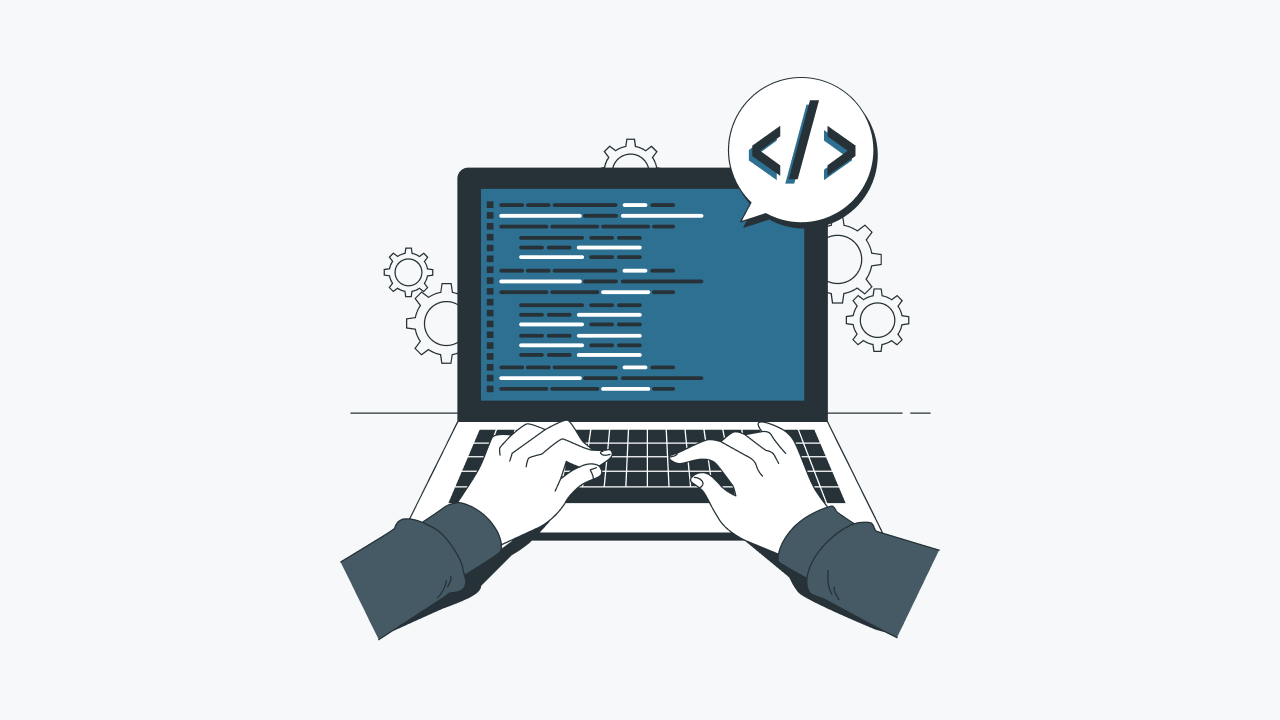SaaS vendors face new challenges in the market with a rapid increase in the app's usage. Today, SaaS users are looking for a power-packed solution that can integrate their existing technology stack faster and more seamlessly in just a few steps rather than a few months and days.
As a SaaS vendor, to solve the above problem and extend your capabilities in the market, you may come up with a different set of ideas that are out of the box, but the implementation matters the most.
Most companies like you are making it more complex by choosing custom development to solve the integration challenges.
But have you guys ever thought about what custom coding challenges can bring to your table?
Here is a quick snapshot of custom coding challenges and the best solution to handle them in 2022.
Custom app development or custom integration process
Traditional coding is referred to the development of integration solutions with the help of programmers. You need to develop the plan, work on the complex coding part to meet your custom integration needs
Though the traditional approach is good to go and acceptable, these projects are often complicated, expensive, and sometimes take more time due to multiple factors that are associated with the project like:
Coding errors in the software
Inaccurate estimation for each sub-tasks
Testing challenges
Delays in several infrastructures
The traditional development approach requires continuous maintenance by the developer to keep the custom software application secured and up to date.
Well, if you choose to develop the integration solutions in-house for your customers, you will need a robust solution that includes the following:
A clear and concise integration roadmap and strategy
Moving data between the cloud or on-premise systems are not similar to transferring the data from one database to another. At the same time, your developers have to understand the data structure of your offerings. Business logic will be different for data structures for all the other applications your customers and synchronizing various data sets. The customer processes change just as often, if not more than the APIs for your systems.
Adapting to different business logic
Hard-coding business logic into the integration takes several iterations and needs frequent testing for errors. When these processes and endpoints inevitably change on your customers' end, it becomes cumbersome to manage the entire project. Businesses' strategies evolve, and the tools will change. Developers will need to keep track of all these numerous changes and implement the changes quickly without any errors to run the system smoothly.
Maintaining that tempo
Perhaps the most important thing here is how fast you can build incremental integrations to deliver modern, agile, and compelling customer experiences. Your company and your customers are adding new technology, and it's not about how fast you build; it's about how quickly you can connect multiple apps. You will deal with changing APIs, fixing issues, and optimizing the performance with your one-coded integration iterating and adding new ones that compound the complexity.
Ability and stability to work with changing APIs
Every system has its API, its own set of rules, and nuances. You have to understand the API for your cloud solution and every application you plan to connect with. When choosing to custom code to fix integration, you depend on developers to learn multiple API standards and how they function with other technologies. API changes are not limited to the vendor; most modern cloud applications allow customers to customize the experience by adding custom fields and objects that should add custom code in order to integrate with other systems. Using the custom code, every little change your customers make can pull developers away from their current projects to make sure integration is set up correctly. It applies to every single application that your customers want to connect.
Redundancy and monitoring
Errors happen. Systems become unavailable temporarily. What happens when the integrated applications don't respond as they do? How do you find out what went wrong and why? If something breaks with your app's integration, you need to react and tell your customer why quickly and have to fix it. A robust integration is required for logging and managing the information about processes. The program also needs to alert the people when something does go wrong.
The above are the custom coding challenges in developing an in-house integration solution for your customer. So what would be the solution?
Embedded integration or embedded iPaaS is the best solution to all the above challenges.
You can save all those years developing your in-house integration using a custom development team. Instead, you can check out the no code platforms, which offer better and faster development without the need for complex coding today.
No code automation gives you the power to develop the apps instantly without the need for complex coding implementations.
Learn more about the embedded iPaaS or embedded integration here.








